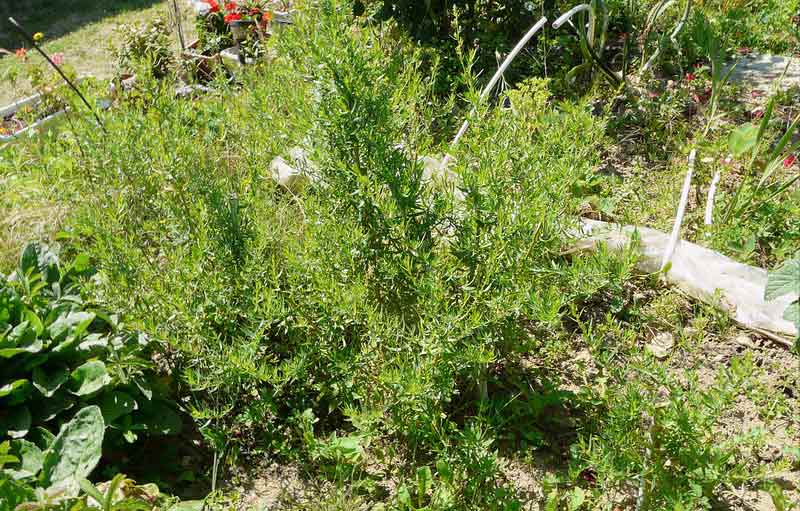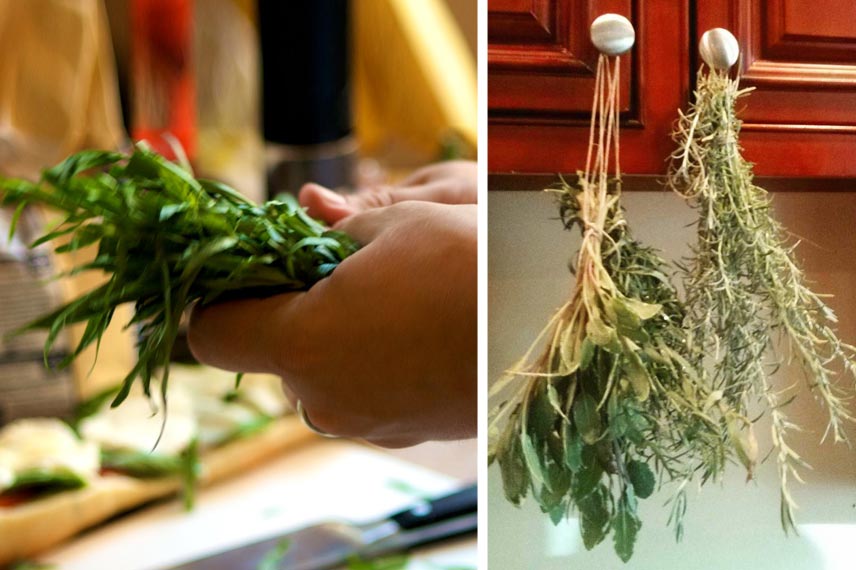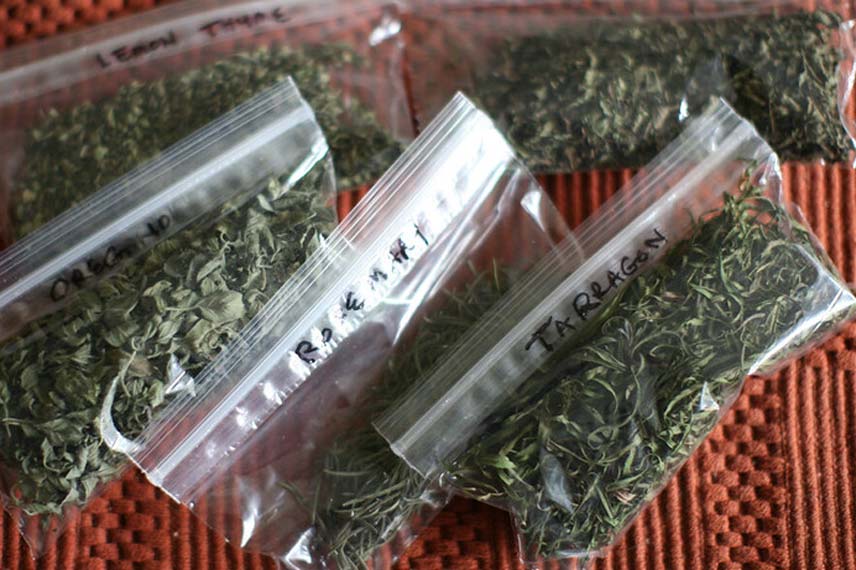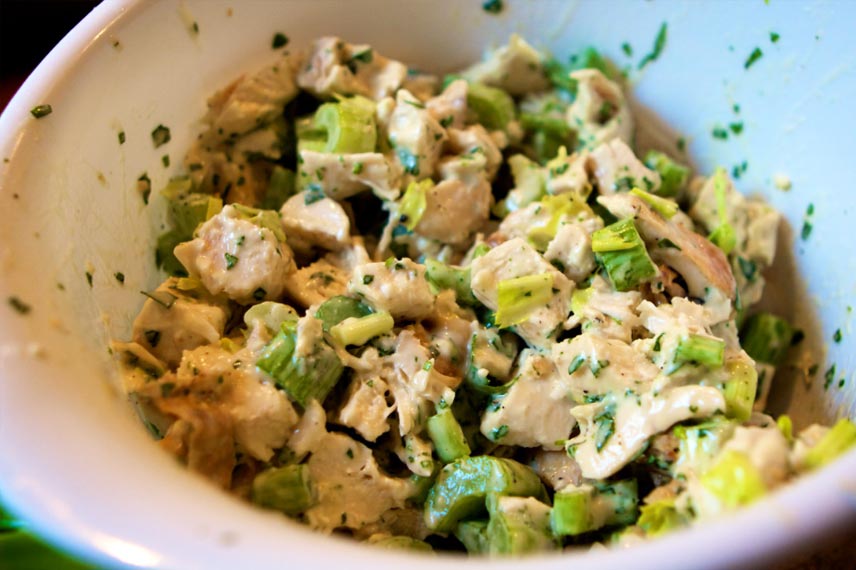Tarragon is an aromatic and condimental plant, perennial and evergreen, belonging to the aster family. It produces elongated and thick leaves, particularly fragrant, which are harvested mainly for various culinary uses (salads, seasonings and sauces, omelettes, fresh cheeses, poultry and fish, olive oil and mustard…).
The leaves offer, indeed, an aniseed flavour, much more aromatic when they are still fresh. However, these leaves can only be kept for a few days in the vegetable drawer of the fridge, and the plant does not appreciate the cold of harsh winters, nor damp soils. Once the leaves are harvested and the fine season is over, it is therefore necessary to find a way to preserve them, in order to enjoy their aromatic flavours and benefits throughout the year.
From harvest to culinary use, discover in this tutorial all our tips for drying tarragon!
When and how to harvest tarragon?
During the fine season, between July and until the first frosts, the harvest of tarragon leaves is done as needed. Only tarragon grown in pots, and wintered indoors, can be harvested all year round. Here, the leaves and young shoots, even when flowering, are harvested. They are preferably used fresh, thus expressing their full flavour.

Tarragon ©yves Tennevin - Flickr
During the first year of tarragon cultivation, it is recommended to cut all the leaves at the end of May. In the second year, harvest half the foliage at the end of May, and the other half at the end of August. Similarly, do not hesitate to harvest all the leaves before they are lost, around October.
It is then difficult to quickly use all the leaves obtained. It is better to dry them before storing them in a jar for later use.
How to dry tarragon?
There are two main methods for drying tarragon leaves. The first is the most commonly used and the most natural, as it involves letting the foliage dry in the open air. The second suggests using a microwave oven to speed up the process. This second method is mainly used if you are very pressed for time.
How to dry tarragon in the open air?
Once the fresh tarragon leaves are picked, they are left to dry in the open air so that they dehydrate naturally.
1. Choose a drying place without direct sunlight, almost dark, also sufficiently dry and well-ventilated.
2. Use a cloth previously dampened to clean your tarragon leaves gently, without rinsing them under water.
3. Gather the leafy stems to form small bunches, and tie them with kitchen string, or failing that, with elastic bands.
4. Hang your tarragon bunches upside down, and let them rest like this for a week.
5. Once they are well dried, chop the tarragon leaves, and place them in an airtight jar that you will then keep away from light, for a maximum of one year.

Tarragon ©Tim Dorr | Sage, tarragon and curry ©cosmic_jet - Flickr
How to dry tarragon in the microwave?
If you cannot wait a week to dry your tarragon leaves naturally, you can then opt for the quick method. The operation will only take you a minute, but be careful to follow the steps below carefully.
1. Remove the stems to keep only the tarragon leaves.
2. As with the first technique, you must clean your leaves with a damp cloth.
3. Once done, dry them with another cloth, but this time dry.
4. Then spread the tarragon between two sheets of kitchen paper, and place them on the glass tray of your microwave. Run it for 60 seconds.
5. Then open the microwave door to allow the moisture to escape, and take the opportunity to check the state of your tarragon leaves. If you think they are not yet dry and crisp enough, restart the microwave for 20 seconds. In total, the drying time should never exceed 3 minutes.
6. Once the operation is complete, and as with the natural drying method, all you have to do is chop your tarragon leaves before placing them in an airtight jar. Be careful not to pack them too tightly, and make sure to consume them within the year.

© Christopher Paquette - Flickr
What uses are there for dried tarragon?
Like many other aromatic herbs, dried tarragon can absolutely be used to flavour many dishes. Although it is a heat-resistant herb, it is still preferable to add it at the very end of cooking. This way, its flavour and properties will be preserved to the maximum. A particularly useful precaution here, as the drying process has already reduced the gustatory qualities of the tarragon.
Dried tarragon and fish
Tarragon offers a subtly aniseed and peppery flavour, which allows it to be harmoniously paired with all seafood:
- fish
- shellfish,
- crustaceans...
It can notably be integrated into a fish parcel, which it will pleasantly enhance with its aniseed taste.
Dried tarragon and poultry
Dried tarragon also pairs wonderfully with poultry, particularly with chicken, but also with eggs. It is notably used to season poultry stuffings.

Chicken salad with tarragon ©Tim Dorr - Flickr
Dried tarragon in sauces
Tarragon successfully joins all sauces, which it perks up with its fresh and peppery flavour. Add it to your tomato coulis, Bolognese and rémoulade sauces, pair it with crème fraîche, prepare gribiche, tartare, ravigote and béarnaise sauces.
Various culinary uses of dried tarragon
Add a little dried tarragon to your vegetables to subtly flavour them (be careful to add it sparingly here). Proceed in the same way to flavour your mustard or pickles preserves... Garnish your salads with a few pinches of tarragon, or even sprinkle it on your appetiser toasts (always sparingly).
Finally, tarragon lends itself to all preparations, except desserts and sweet dishes.
































Comments